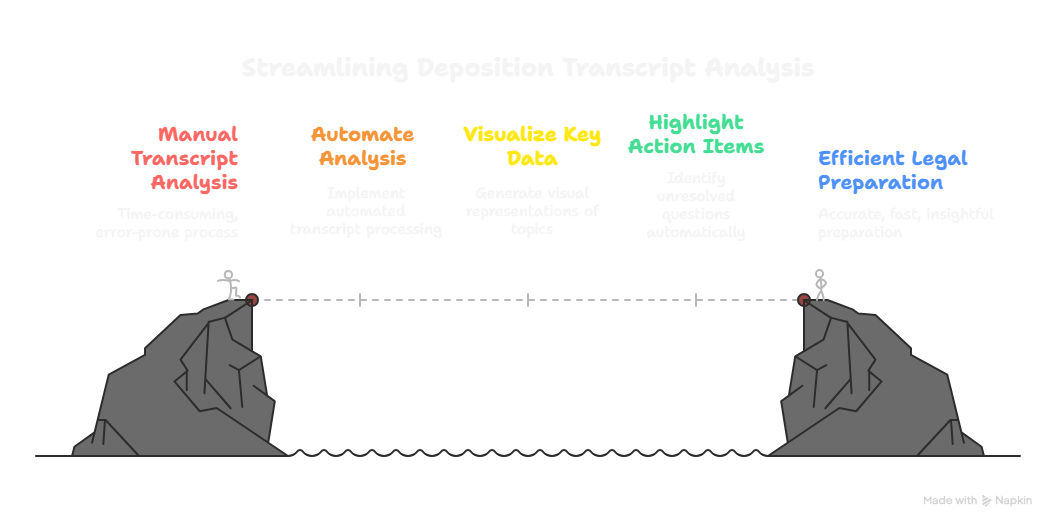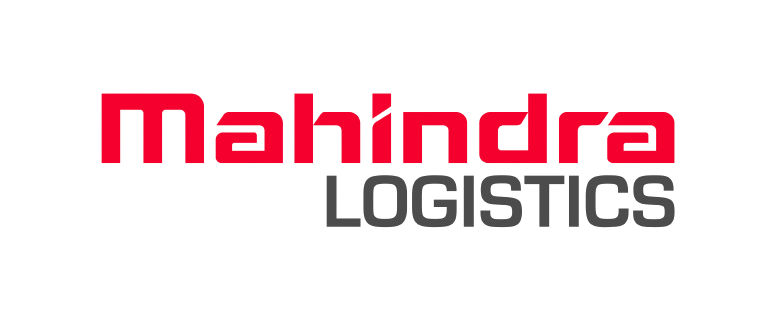Case Study #1
AI-Powered Legal Tech Solution for Litigation Analysis (USA)
A major law firm based in the United States specializes in complex litigation. The firm wanted to change how its teams prepare for hearings and manage vast volumes of deposition transcripts. But the firm was facing mounting challenges when it came to extracting actionable insights from lengthy documents. They spent a lot of time preparing for cases and stood at the risk of missing critical details.
The Challenge
Complexities We Had to Tackle
Litigation teams often deal with 100s of pages of deposition transcripts for every case. Manually going through these boxes of paperwork is labor-intensive, mainly when it comes to identifying key topics, relationships among parties, event sequences, and unresolved issues. Teams would be prone to oversight! The firm needed a solution to:
- Automate transcript analysis
- Visualize key topics and relationships
- Highlight unresolved questions and action items
- Reduce preparation time without sacrificing accuracy

Solution
Turning Challenges into Capabilities
We at CognoVerse collaborated with the law firm to create a custom AI-driven app. This AI app could analyze legal transcripts. We used our expertise in NLP, data analytics, and visualization to create a solution that changed how the client’s legal teams interacted with deposition data.
Key Features:
- Automatic transcript ingestion: The AI reads and processes raw deposition transcripts regardless of the format. It uses robust NLP pipelines to extract structured data from the client’s unstructured paperwork.
- Topic heat map: It analyzes the frequency/context of the topics under discussion. Also, it creates an interactive “heat map” that highlights the areas of major focus for the client’s visual learners.
- Entity relation graph: The tool also identifies and maps out key entities. These entities are witnesses, attorneys, organizations, and other figures.
- Event timeline: Chronological extraction of events lets users view a timeline of all major occurrences, making it easy to track the sequence and context of testimony.









